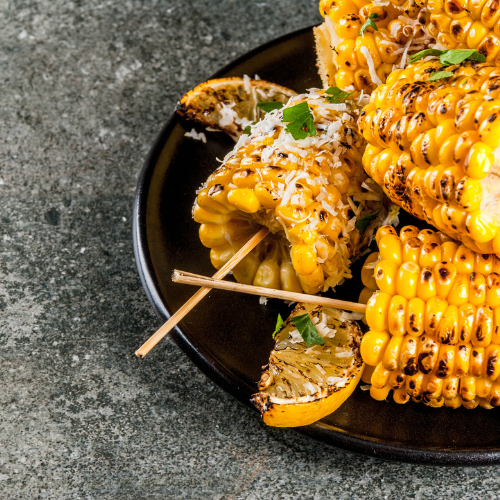
You’ll likely spend time outside with family and friends this summer at a picnic or backyard barbecue. However, if you aren’t careful about handling foods and beverages during these cookouts, you’re putting yourself and others at risk for potential food-related illnesses.
The U.S. Centers for Disease Control and Prevention (CDC) estimates that 1 in 6 people get sick from a foodborne illness each year.
Bacteria multiply especially fast in the summer heat, making outdoor cookouts prime breeding grounds for E. coli and Salmonella. Symptoms of foodborne illnesses may include nausea, vomiting, diarrhea, and abdominal cramping.
Prevent food poisoning at picnics and barbecues with these four simple steps from the CDC:
- Clean. Wash cooking equipment, dishes, and utensils between uses. Be sure to clean the grill’s surface after each use and wash cutting boards after preparing raw meat. Germs can survive in many places, so washing your hands and surfaces is critical.
- Separate. Use one cooler for drinks and one for food. It’s also important to separate raw foods (e.g., poultry, seafood, and eggs) from those ready to eat. Lastly, never eat anything left out of a refrigerator or cooler for more than two hours or one hour if the temperature is above 90 degrees Fahrenheit.
- Cook. Food is safely cooked when the internal temperature is high enough to kill germs that can make you sick. The best way to know if food is cooked properly is by using a meat thermometer. For example, burgers and hot dogs should be cooked to 160 degrees Fahrenheit, and chicken to 165.
- Chill. Refrigerate food promptly since bacteria can rapidly multiply if left at room temperature. The “danger zone” for bacterial growth is 40-140 degrees Fahrenheit.
If you have mild food poisoning, it’s important to stay hydrated. Keep in mind that more serious cases, which often include a fever and dehydration symptoms, require medical attention.
Contact us to see how you could minimize risk:
Recent News
Building a Strong Foundation
Seubert celebrates 50 years of growth, values, and partnerships—explore our journey from 1975 to 1985.
Get To Know Our MSK Panel
Redesigning musculoskeletal (MSK) care requires expertise across clinical, benefits, and behavioral health—and our 7/29 panel brings all three.
5 Cybersecurity Mistakes and How to Avoid Them
The IRS released 2026 inflation-adjusted limits for HSAs and HDHPs in Revenue Procedure 2025-19, as required annually by June 1.
Employee Spotlight: AJ Putignano
Please join us in welcoming AJ Putignano to the Seubert Team! AJ joins Seubert’s Commercial Lines Division as a Client Account Manager in our Pittsburgh office.
5 Workplace Safety Trends
Protecting employees is a top priority, and with evolving safety trends, employers must stay informed and update their risk management strategies.
Protecting Workers in Summer Conditions
As summer brings extreme heat and humidity, it’s vital to protect construction workers from heat-related illnesses like heat stress and heat stroke, which can be severe or even fatal. OSHA reports thousands of such cases each year.

